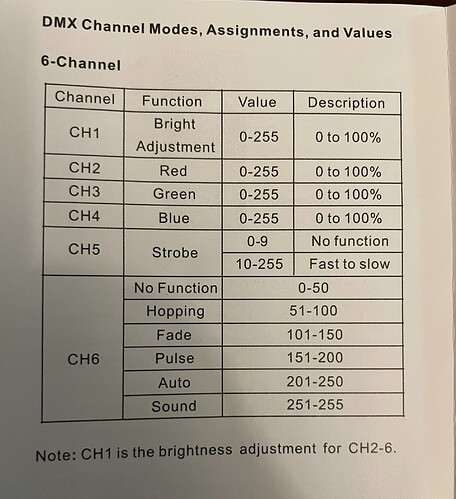Hello back,
Good to know things are running smooth for you with the Enttec DMX USB Pro!
In the meanwhile we were also able to investigate the issue with the Open DMX interface and were able to reproduce the flickering you encountered.
Open DMX is an unbuffered interface, which means it relies on the computer’s CPU to generate the DMX signal. This makes it much more prone to issues than other, buffered interfaces that handle outputting DMX signal themselves (such as DMX USB Pro or any Art-Net node).
After using a logic analyzer to monitor the DMX signal generated by the Open DMX at 40 Hz using Beam, Lightkey and QLC+ with recent Mac computers, it was apparent there are timing issues with this interface using all three softwares. The interface often fails to execute all the instructions (for changing the HI/LO state of the signal) within the available time and the time it takes to execute them varies quite a bit from cycle to cycle. As a result, the fixtures sometimes receive incomplete DMX data, which manifests as flickering.
When using an output rate of 30 Hz (which is the default Open DMX output rate in Lightkey and QLC+), the jittery timing is still there, but the instructions are mostly executed in time, so flickering appears much less often, but still sometimes does, with all three softwares.
It is important to mention that Open DMX output rate is something else than the Beam refresh rate. The latter specifies how often Beam generates DMX data, which is then transmitted as DMX signal at whatever output rate the interface is set to - with buffered USB interfaces and Art-Net nodes this is something you set via the configuration system of the device itself, with Open DMX this is fixed at 40 Hz in the current release version of Beam (1.4).
Since 30 Hz makes this interface a bit more useable, we will in the next version set this as a new default, along with a possibility to change this value by the user.
Still, the timing issues with Open DMX remain and this is unfortunately out of our hands and up to the hardware and the way operating system interfaces it - it seems like this has gotten worse with the recent Mac systems.
Therefore, for anyone that is looking for a reliable lighting control solution, we highly recommend avoiding Open DMX and rather investing in a buffered interface such as DMX USB Pro, or even better, an Art-Net node.
Last but not least, thank you @anon39510807 for shedding light to this problem!
